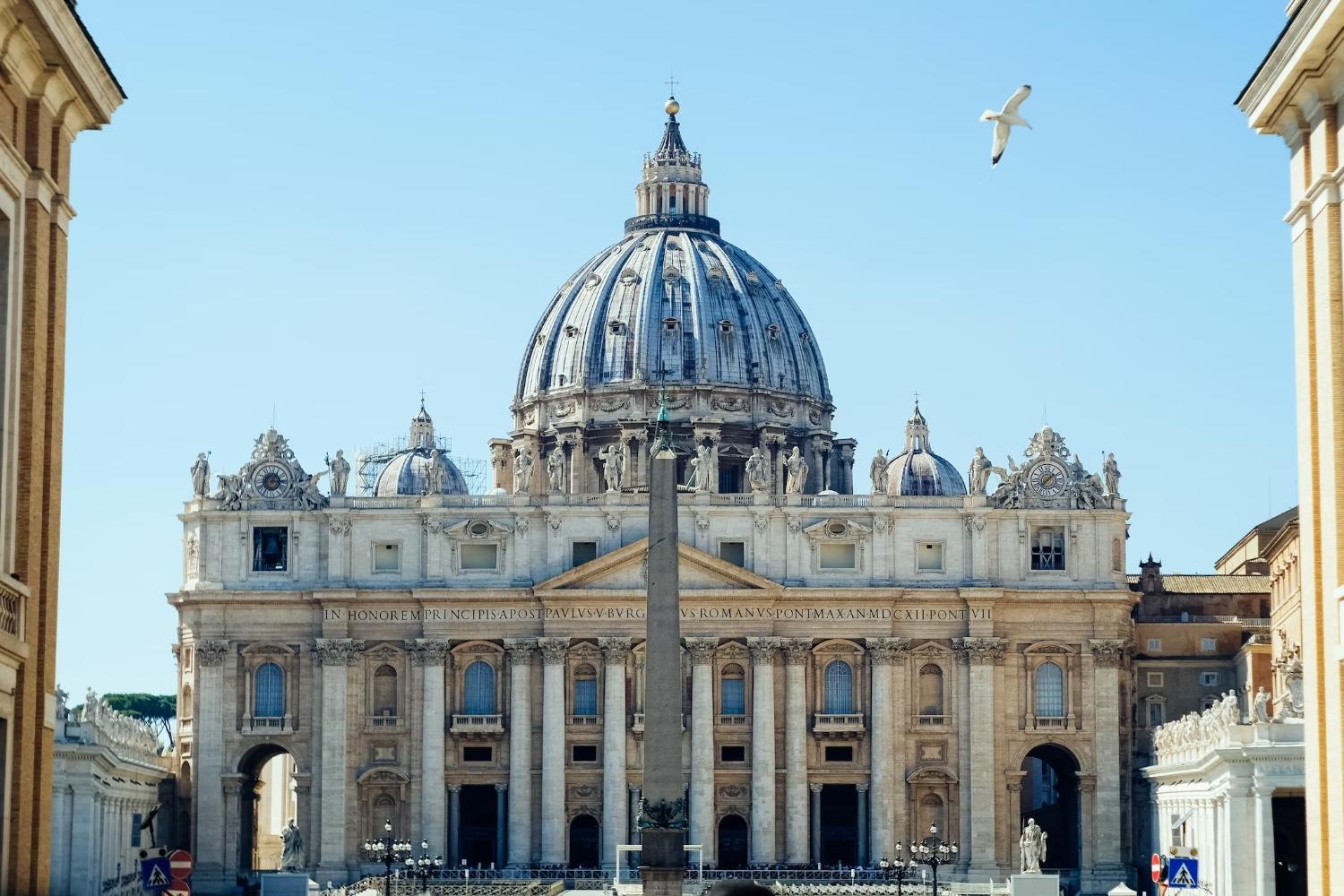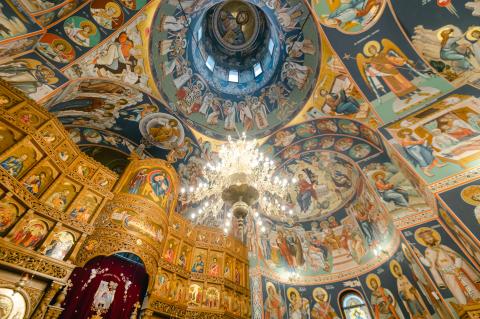
The recent announcement from the Vatican regarding papal approval of blessings for couples in same-sex relationships has had many scratching their heads over the past several days.
Local bishops and Catholic news outlets have been quick to come out with assurances that work against the overblown claims of many secular news headlines: the Church has not approved suddenly of same-sex relationships, but has instead opened another road for such couples to ask for and receive the mercy and grace they need to maintain greater strength and clarity in their lives of faith.
But one may still wonder why the Church would wade into such waters in the first place, the topic being so culturally fraught. An announcement such as this one tends to draw suspicion, however clear it is on paper, particularly around the motives of its authors and propagators and what they may desire its later developments to be.
Clarity and vigilance are always good around these topics. But importantly, the way to read a Church document is never according to the possible motives of some of its possible authors. A Church document is meant to be read in the light of the tradition, wherever that is possible.
In that light, there is a pastoral dimension to the announcement that we might take careful stock of. It is obviously true that there is a great deal of sexual identity confusion in society at large. Especially among the young, many have no doubt blundered into disordered relationships without a lot of moral questioning. Indeed, it is hard for some who have been raised in this culture to understand why these relationships could be wrong in the first place, unlike acts of cruelty or dishonesty, for instance. And while God is undoubtedly merciful to people even when they are sinning, especially when they do so out of ignorance or social influences that have dulled their consciences, this document provides a way for pastors to manifest the meaning of that mercy by the assurance his blessing does offer: that the Lord has not abandoned anyone, that He’s ready to give them all the help they need, and that He wants very much for them to come closer to Him, in living the Gospel with new zeal and faithfulness.
On that interpretation, the document serves as a reminder to all of us in these last few days of Advent: we are not just in need of God’s help here and there, to round out some of the rough edges we can’t quite reach ourselves. We are desperately in need of being saved by Him with every breath we take, requiring the full measure of the love that moved Him to take on flesh and enter, unafraid, into all the chaos and confusion of human life. Let’s be unafraid, too, of opening whatever messiness we may be facing in our own lives and in our life together to that love, knowing that His grace is never dulled by what it finds. Its perfect, piercing power is only made more clearly manifest for the darkness it penetrates.
800 years ago, St. Francis of Assisi decided to bring the nativity to life in the central Italian village of Greccio, bringing Bethlehem to many faithful Christians who wouldn’t be able to make a pilgrimage to the Holy Land. Learn more about the event in Francis’ own time and what the Knights of Columbus are doing to celebrate the anniversary.
As we prepare to enter the joyful season of Christmas, a perennial Christian question arises: Is it possible to rejoice when we’re suffering or unhappy? St. Paul offers as the answer.
Speaking of the season of Christmas: Catholics celebrate Christmas as a season, rather than a day. What does this mean, and why is it important for the Christian life?
“Christmas is a holiday with deep pagan roots.” Well, not quite. Learn why the common critique of the Christian holiday falls flat.


